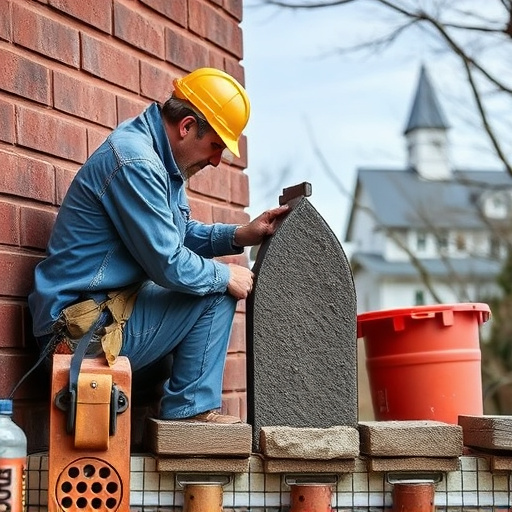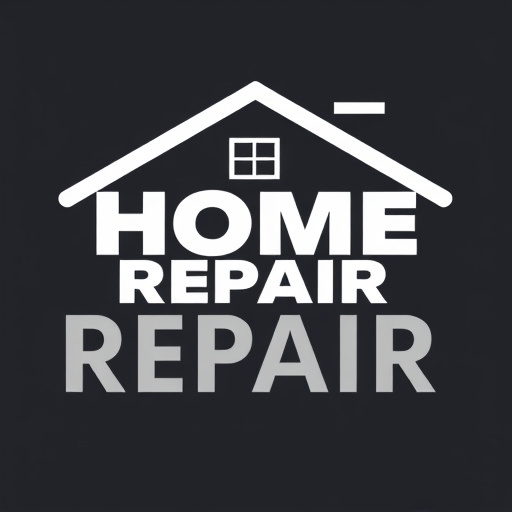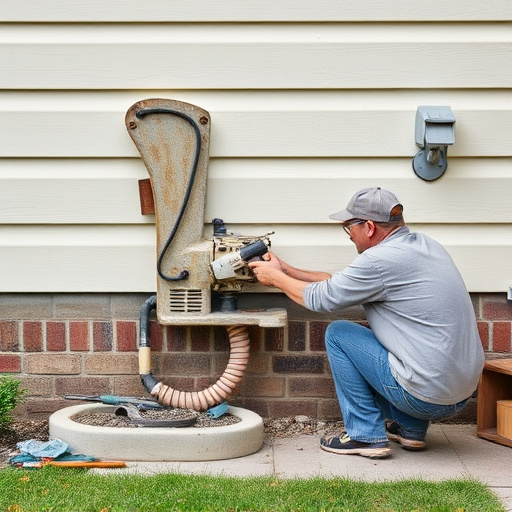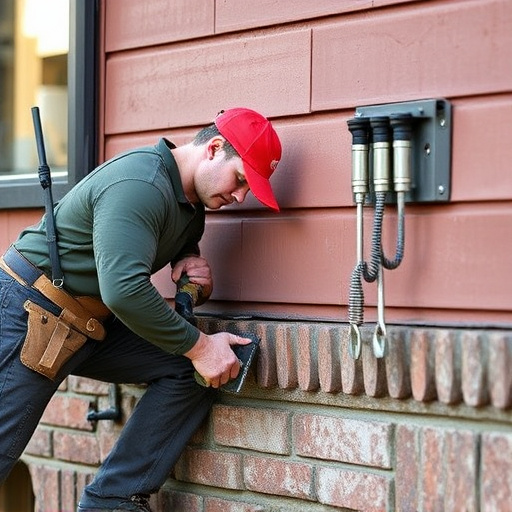Pipe clogs are common household issues caused by grease, hair, foreign objects, or tree roots. Drain snaking, a revolutionary home repair technique using flexible metal cables, offers an efficient and cost-effective solution for stubborn clogs. Regular maintenance through periodic drain snaking, installing traps and filters, and avoiding certain substances can prevent major plumbing damage. Using hot water and natural cleaners also helps maintain smooth drainage.
Unclogging drains can be a common yet frustrating home repair. Luckily, drain snaking offers an effective solution for stubborn pipe clogs. This article delves into the world of drain snaking, exploring its efficiency compared to traditional methods and providing a step-by-step guide to successful use. We’ll also uncover best practices for regular maintenance and prevention, empowering you with the knowledge to tackle clogs head-on. Learn how to keep your plumbing flowing smoothly with these essential home repair tips.
- Understanding Pipe Clogs and Their Causes
- Traditional vs Drain Snaking: A Comparative Analysis
- Step-by-Step Guide to Using a Drain Snake Effectively
- Best Practices for Regular Maintenance and Prevention
Understanding Pipe Clogs and Their Causes

Pipe clogs can be a common household issue, often requiring prompt attention to avoid more severe plumbing problems. Understanding the causes behind these clogs is key to effective prevention and treatment. Home repairs often involve dealing with blocked drains, which can be caused by various factors. One of the primary culprits is the accumulation of grease, food scraps, hair, and other debris that solidify over time, forming a substance known as congealed fat. This waxy buildup can restrict water flow and lead to significant drain backups.
Another common cause is foreign objects mistakenly flushed down the drain, such as non-biodegradable materials like wipes, sanitary products, or even toys, which can easily stick together and create a blockage. Moreover, tree roots seeking moisture in pipes can intrude and damage them, resulting in serious clogs that require professional home repairs services.
Traditional vs Drain Snaking: A Comparative Analysis

Traditional methods for clearing stubborn pipe clogs often involve a trial and error approach, using chemicals or physical force. These can be ineffective against deep or complex obstructions, requiring professional intervention with costly equipment. In contrast, drain snaking offers a more efficient and cost-effective solution for home repairs.
This innovative technique utilises a flexible metal cable, known as a drain snake or auger, which is inserted into the affected pipe. As the cable spins and moves through the pipe, it can dislodge and break up even the most stubborn clogs, clearing the obstruction with minimal effort. Unlike traditional methods, drain snaking provides a direct approach to problem areas, making it ideal for tackling deep or hard-to-reach blockages.
Step-by-Step Guide to Using a Drain Snake Effectively

Using a drain snake is an effective and straightforward method for clearing stubborn pipe clogs, making it a valuable tool in your home repairs arsenal. Here’s a step-by-step guide to ensure success:
1. Prepare the Snake: Start by uncoiling the drain snake completely. Check that it’s the right size for your sink or shower drain. Some snakes have different sections to accommodate various pipe diameters.
2. Insert and Turn: Feed one end of the snake into the drain, pushing it down as far as possible. Then, with a firm grip on both ends, turn the handle in a clockwise direction while keeping it tight. This motion is key to breaking up any blockages.
3. Continuously Turn and Feed: Keep turning the handle steadily while feeding the snake further into the pipe. You may feel resistance, but keep pushing until you encounter no more obstruction.
4. Retreat and Inspect: Once the snake has passed through the pipe, slowly withdraw it, and inspect for any remaining debris or blockages. If the snake reaches the end of the pipe without a clog, try passing it through in the opposite direction to clear any accumulated buildup.
Best Practices for Regular Maintenance and Prevention

Regular maintenance is key to preventing stubborn pipe clogs. Start by scheduling periodic drain snaking, especially in high-risk areas like kitchens and bathrooms. This proactive approach helps clear minor obstructions before they become major issues. Additionally, install traps and filters designed to catch hair, grease, and other common culprits behind clogs. These simple additions can significantly reduce the frequency of blockages.
When it comes to home repairs, prevention is always more effective than cure. Never pour greases, oils, or coffee grounds down the drain—these substances solidify over time and stick to pipes. Similarly, avoid flushing non-biodegradable materials like wipes, sanitary products, or food scraps. Regular cleaning with a combination of hot water and baking soda or vinegar can also help maintain smooth drainage.
Drain snaking emerges as a top-tier solution for tackling stubborn pipe clogs, offering efficiency and convenience in home repairs. By understanding common clog causes and following best maintenance practices, you can significantly reduce future blockages. This comprehensive guide equips you with the knowledge to tackle clogs effectively using drain snaking techniques, ensuring smooth plumbing operations within your home.
